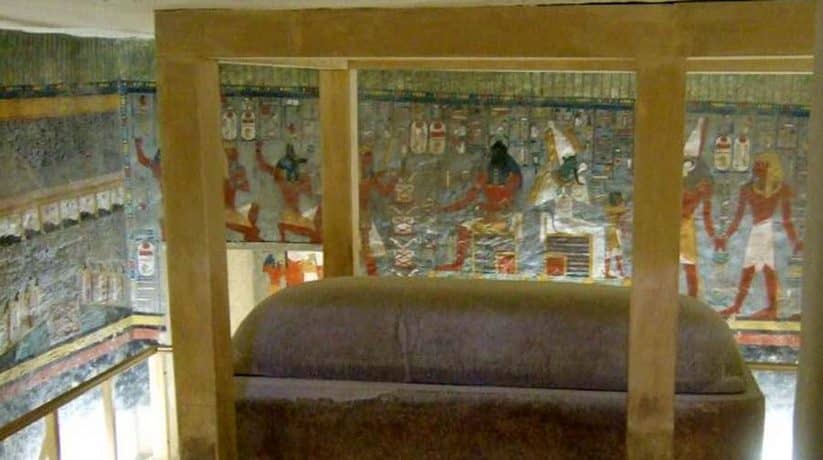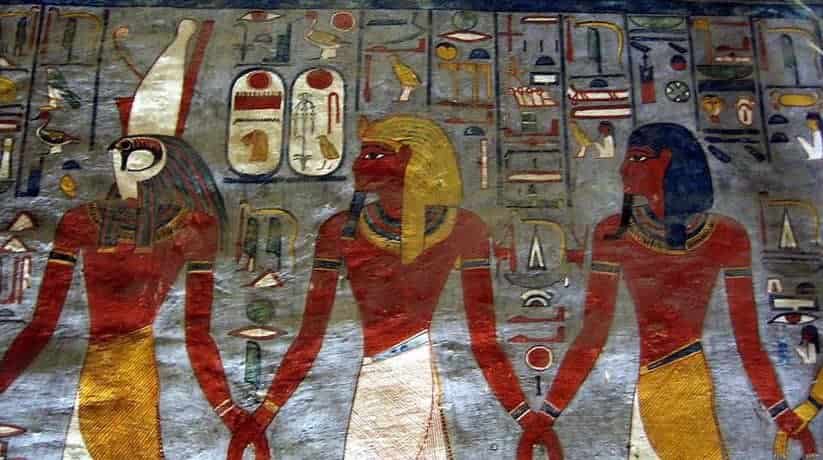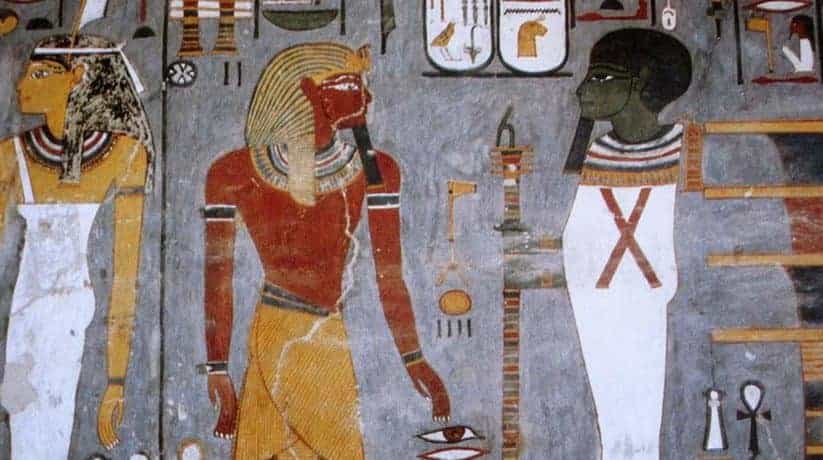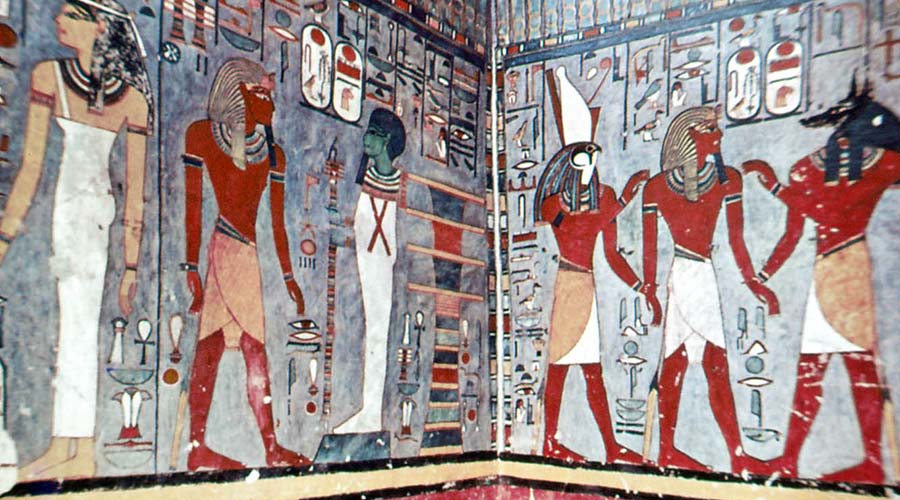Ramses I tomb Luxor Egypt KV 16 tours, prices, booking, reviews
Ramses I tomb Luxor Egypt KV 16 is one of the smallest tombs in the Valley of the Kings. The Valley of the Kings located in the West bank of Luxor. In fact, Ramses I is the founder of the great lineage of Ramessid rulers. Moreover, he was a soldier. He chosen by Horemheb. In fact, Horemheb also began his career as a soldier, to be his successor. Ramses I regarded as the first ruler of Egypt’s 19th Dynasty. But only ruled for less than two years. In fact, Ramses I tomb Luxor (KV 16) discovered on or before October 11, 1817 by Giovanni Battista Belzoni. It was just before his discovery of the much more significant Seti I tomb. The tomb located in a small lateral valley perpendicular to the main Valley of the Kings Wadi. While small, the tomb has wall paintings of excellent workmanship.
In fact, the tomb has thirty two feet long and eight feed wide a passage. It also has a staircase of twenty eight feet. It reached a large and well painted room seventeen feet long, and twenty one wide. The ceiling of Ramses I tomb Luxor was in good preservation, but not in the best style. It found a sarcophagus of granite with two mummies in it. In a corner a statue standing erect and six feet six inches high. It cut out of sycamore wood. Moreover, it is perfect except the nose. It also found many of little images of wood, well carved, representing symbolical figures. Some had a lion’s head, others a fox’s, others a monkey’s. One had a land tortoise instead of a head. We found a calf with the head of a hippopotamus.
Further details about Ramses I tomb Luxor Egypt:
At each side of this chamber is a smaller one, eight feed wide and seven feet long. At the end of it another chamber, ten feet long by seven wide. In the chamber on our right hand we found another statue like the first, but not perfect. No doubt they placed one on each side of the sarcophagus. They hold a lamp or some offering in their hands. One hand stretched out in the proper posture for this and the other hanging down. The sarcophagus covered with hieroglyphics painted or outlined. It faced south east by east.
Ramses I tomb Luxor is rectilinear in structure with only a single. It is not most the rest of the royal tombs in the Valley of the Kings. The corridor located between two descending sets of stairways. It is the shortest of any royal tomb in the valley. The second set of stars opens into the burial chamber. A large, granite sarcophagus dominates the burial chamber. In fact, the paintings on the sarcophagus not finished and done. Moreover, the decorations of Ramses I tomb are like those of Horemheb tomb. They related to the Book of Gates, and all have blue backgrounds. While the decorations well done, their are no reliefs. In the burial chamber, Ramses I presents offerings to Atum-Re-Khepri. He led into the presence of Osiris by Horus, Atum and Neith.
More details about Ramses I tomb Luxor Egypt:
There is also an unusual depiction of the Pharaoh in a ceremony of jubilation. In fact, it is between a hawk and jackal headed figure. It represents the spirits of the cities of Nekhen and Pe. The burial chamber and left annex are the only rooms in the tomb that decorated. It is likely that the same craftsman who worked on Horemheb tomb also worked on this one. There are two annexes on either side of the burial chamber. It is along with a third annex at its rear.
Entrance to Ramses I tomb Luxor KV 16:
The tomb is currently open to visitors. Ticket for Valley of the Kings cost 80 Egyptian pound for three tombs including Ramses I tomb. It can bought at the gate. Photography inside the tombs forbidden. Moreover, it can incur heavy fines. There is a little train – Taftaf – runs from the coach park to the entrance to the monument area. It costs 5 Egyptian pound.















